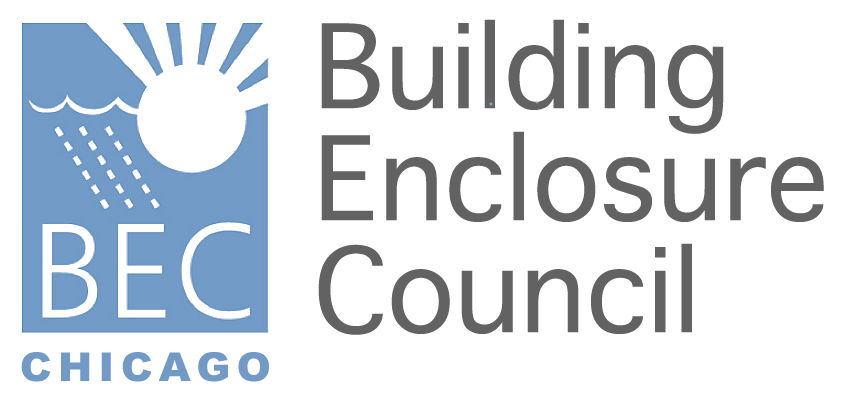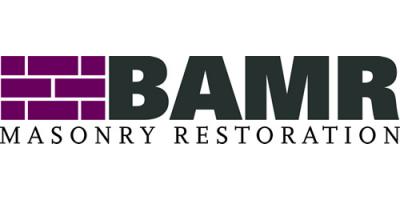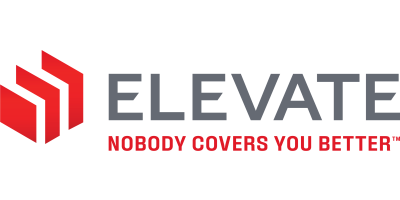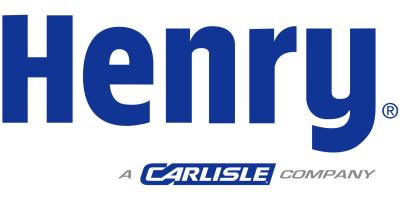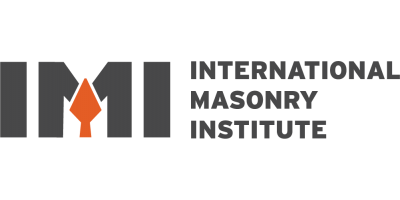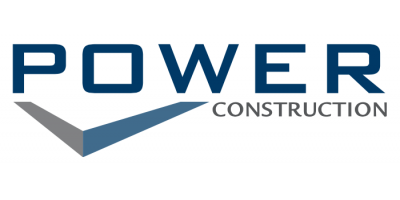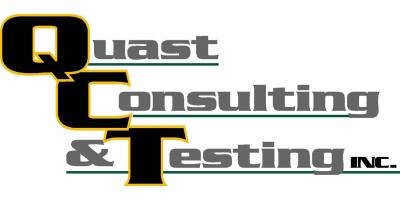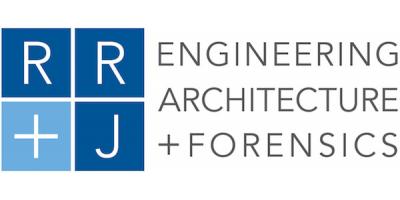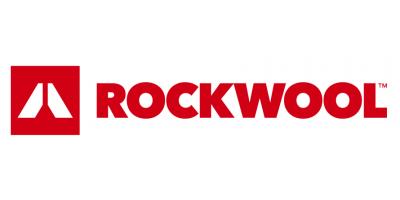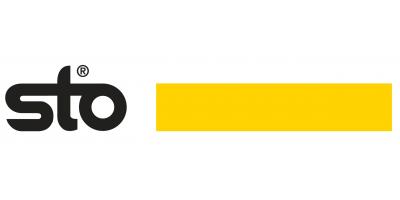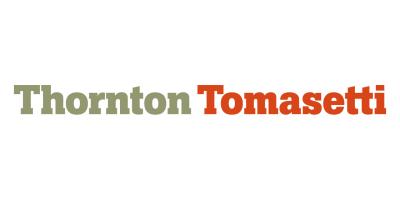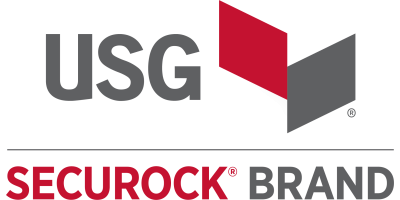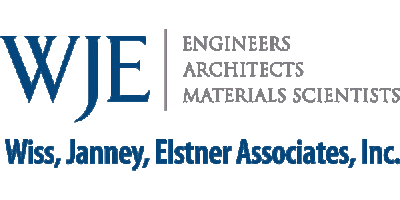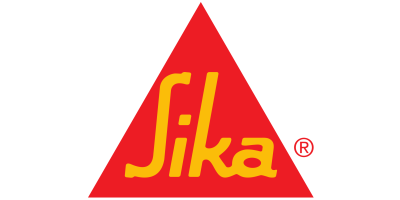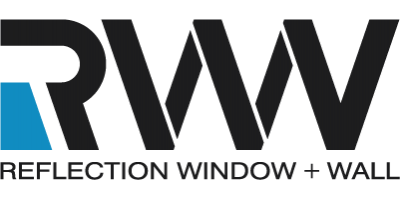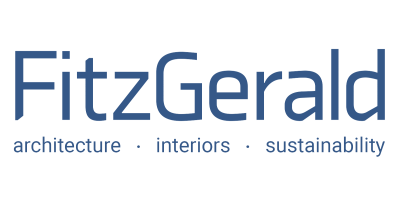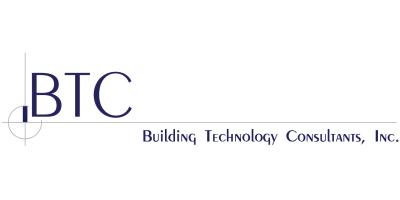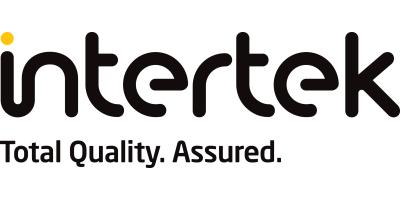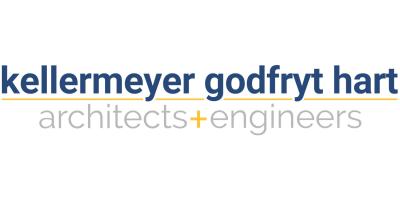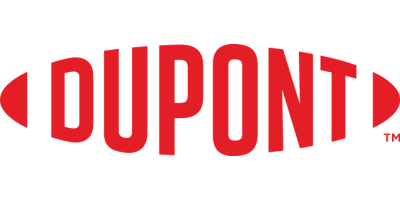| Location | 2140 W. Corporate Drive, Addison, IL 60101 |
| Event web page |
18 masonry presentations, 30 exhibitors, 6 learning units!
Who should attend: Architects, engineers, GCs/CMs, owners/developers, BAC contractors, code officials.
Location: Park your vehicle at the Hilton Garden Inn, 551 N. Swift Rd., Addison, IL 60101. From the hotel parking lot, board a shuttle for the short ride less than one mile to the BAC/IMI training center, 2140 Corporate Drive, Addison, IL.
Cost: There is a nominal $10 fee which covers breakfast, lunch, and a day's worth of education from the masonry industry's top presenters and exhibitors. Tickets are transferable but nonrefundable. We expect the event to sell out at 300 attendees, so get your tickets early. The only way to pay is through our secure website with a credit card via the link at the bottom of this page.
Education: Each seminar is registered with AIA, and most qualify for HSW learning units. Presenters will provide certificates for self-reporting on non-AIA members and PDH hours for engineers. Attendees who attend the entire conference receive 6.0 LUs
Registration: Signing up is a simple two-step process. Register via the secure website listed at the bottom of this page. Within the next business day you will receive an email that will direct you to choose your breakout sessions.
Exhibits: We expect to have about 30 material suppliers and other industry representatives exhibiting their products and services representing all facets of the trowel trades: masonry, terrazzo, plaster, rainscreens, stone, and more.
Schedule:
7:15-8:00am Park at Hilton Garden Inn for shuttle to IMI
7:20-8:30 Check-in, Breakfast, Exhibits
8:30-9:45 Morning Keynote
9:45-10:00 Exhibits
10:00-11:00 Breakout Session #1 (choose 1 of 4)
11:00-11:15 Exhibits
11:15-12:15 Breakout Session #2 (choose 1 of 4)
12:15-1:00 Lunch, Exhibits
1:00-2:00 Afternoon Keynote
2:00-3:00 Breakout Session #3 (choose 1 of 4)
3:00-4:00 Breakout Session #4 (choose 1 of 4)
4:00pm Conclude
SEMINAR OVERVIEW (detailed descriptions on following pages)
Morning Keynote: What Non-Engineers Need to Know About Structural Masonry, Pat Conway, AIA, International Masonry Institute.
Afternoon Keynote: Advanced Energy Performance with Brick Masonry, Brian Trimble, PE, Brick Industry Association.
Breakout Sessions:
HIGH PERFORMING MASONRY TRACK
- Continuous Insulation for Code Compliant, High Performance Walls
- Complete Masonry Veneer Wall Systems: Performance and Specification
- Masonry Movement Joints
- High Performing Masonry Building Enclosures
TILE/MARBLE/TERRAZZO TRACK
- Large Format Tile & Stone Installation
- Terrazzo: The Original Recycled Flooring
- Natural Stone: World of Stone
- General Surface Preparation for Ceramic Tile
EMERGING TECHNOLOGIES TRACK
- Operating in a BIM Environment
- Exterior Continuous Insulated Claddings for Energy Efficiency and Architectural Diversity
- Thinking Inside the Box: Masonry Partition Wall Design
- Adhered Masonry Veneer Systems
DEMONSTRATION TRACK
- Grouted and Reinforced Masonry Demonstration
- Adhered Veneer Demonstration
- Constructing a Complete Masonry Veneer Wall System
- Ceramic Tile Demonstration
Registration: Register online at http://goo.gl/bqGYxx. Once you are registered, you will receive an email that will direct you to choose your breakout sessions. For additional information contact IMI at sconwell@imiweb.org or (630) 396-3144.
Morning Keynote: KEY1 What Non-Engineers Need to Know About Structural Masonry, Pat Conway, AIA, International Masonry Institute. This seminar is for designers, building owners, contractors and masons who would like to be more knowledgeable about typical and not-so-typical structural masonry applications. You will learn “basic” and “advanced” structural masonry concepts, a brief overview of current structural masonry design methods, review case studies for loadbearing support walls, interior partitions, perforated masonry shear walls, foundation walls, stair towers, fire walls and hybrid structures. We will also explore masonry myths and gain a better understanding of structural masonry attributes and how engineers tend to think about masonry.
Breakout Session #1
HP1 Continuous Insulation for Code Compliant, High Performance Walls, Tom Boissy, Atlas Insulation. This presentation provides a comprehensive overview of the application of foam sheathing as continuous insulation. The presentation will instruct attendees in five topic areas; continuous insulation (CI), applications, energy code compliance, building code compliance and installation detailing. Attendees will gain a comprehensive understanding of the use, properties and benefits of foam sheathing as continuous insulation.
TMT1 Large Format Tile & Stone Installation, Howard Jancy, Custom Building Products. Learn how large tile and stone should be specified, how well it will perform and the importance of understanding surface preparation, substrate deflection, installation procedures and grouting issues. Topics covered include: Problem and challenges when installing large format tiles; Joint function and design; Crack Isolation/membranes; Mortar function and selection – New ANSI 118.15 standard; Grout joint problems and remedies; and Relevant ANSI standards and TCNA references.
ET1 Operating in a BIM Environment, Mark Swanson, AIA, International Masonry Institute. Building Information Modeling is a process and is understood differently by different stakeholders in the construction industry. As project design and delivery systems evolve, designers and subcontractors need to learn about the tools involved with BIM. This seminar describes the benefits of using BIM, best project delivery methods for BIM, what is needed to operate in a BIM environment, work flow process and case study examples.
DEM1 Grouted and Reinforced Masonry Demonstration. In this interactive demonstration, attendees will observe mixing masonry grout per ASTM C476. They will observe a grout slump test, and cast specimens for compressive strength testing per ASTM C1019. They will view prisms of fine aggregate and coarse aggregate grout already cast, as well as CMU & grout prisms ready for testing. Attendees will observe grout placement in a low lift applications, and discuss the difference between building code requirements for high lift and low lift methods. They observe and discuss placement of rebar, they will inspect the cleanouts and observe consolidation and reconsolidation of grout that has been placed. The will also participate in a discussion of self consolidating grout. Finally, they will view preconstructed mockups of grouted and reinforced structural single wythe CMU and brick walls.
Breakout Session #2
HP2 Complete Masonry Veneer Wall Systems: Performance and Specification, Drew Clausen, Owens Corning. In today’s high performance building market, specifying materials that work together as a complete wall system is more critical than ever. Systems can help designers meet new energy codes, reduce costs, and improve building function and sustainability while making the design process faster and simpler. This course will educate participants on the functional components and system attributes of the most common exterior wall system, steel stud with masonry veneer. The course will detail key system components such as continuous and stud cavity insulation, air/water resistive barriers, air sealing practices, masonry wall ties and water drainage/management practices. Key codes and standards will be reviewed to define system interaction and key specification practices to insure wall system designs are consistent with recent advances in building analysis, new code requirements, revised test methods, and a comprehensive, systems approach to wall systems.
TMT2 Terrazzo: The Original Recycled Flooring, Mike Brawley, Terrazzo & Marble Supply. Focusing primarily on epoxy terrazzo systems, this presentation reviews the basic characteristics of terrazzo surfaces with a primary emphasis on its sustainable benefits. It analyzes the components and details of the system, from substrate preparation, primers and membranes, strips, chips, and binders. It also looks at performance and cost criteria, as well as design possibilities for each system. The program will also discuss how to maximize terrazzo’s sustainable design benefits.
ET2 Exterior Continuous Insulated Claddings for Energy Efficiency and Architectural Diversity, Bill Cohen, Dryvit. This program examines the use of Exterior Continuous Insulation based on current and proposed model building energy code requirements specifically related to improved energy efficiency objectives for envelope wall assemblies. Attendees will recognize how the use of exterior insulated claddings in envelope wall design provide a cost effective and aesthetically diverse solution to meeting the intent of the energy code and accomplishing overall improvements to building envelope performance for both new and renovation constructions.
DEM2 Adhered Veneer Demonstration, Gene Guetzow, Arriscraft. The increase in popularity of adhered masonry veneer facades has created a need for higher performance, factory produced installation materials to assure consistently high quality installations. This program will demonstrate the installation of a cold applied, single component liquid and loadbearing waterproofing membrane over cement backer board. CSMU (Calcium Silicate Masonry Units) applied with a latex fortified Portland cement mortar, along with latex Portland cement pointing mortar, create a durable masonry wall that will withstand freeze thaw and water penetration. Utilizing thinner cladding materials such as CSMU effectively reduces transportation and the structural components in the building envelope, resulting in a lower carbon footprint, lower costs, and higher productivity.
Afternoon Keynote: KEY2 Advanced Energy Performance with Brick Masonry, Brian Trimble, PE, Brick Industry Association. You have been designing masonry for years and know how to insulate masonry cavity walls, but the energy codes just keep getting more stringent and now they are requiring continuous insulation. Do I have to take thermal bridging into account and how do I avoid this bridging? What is NFPA 285 and do I have to worry about it? All of these questions and more will be answered during this presentation. Topics that will be covered include insulating cavity walls, determining thermal bridges and detailing to avoid them, using thermal mass to your advantage, and fire performance of insulated masonry walls.
Breakout Session #3
HP3 Masonry Movement Joints, Pat Conway, AIA, International Masonry Institute. The national model masonry code requires building designers to “indicate type and location of movement joints on the project drawings.” Additionally, the veneer section of the code requires the building designer to “design and detail the veneer to accommodate differential movement.” On many projects structural engineers locate control joints in CMU support walls and interior CMU partitions while architects locate expansion or control joints in the veneer. All buildings and building materials move and this seminar explains how to accommodate or restrain that movement to avoid cracks and/or system failures.
TMT3 Natural Stone: World of Stone, Ed Dunham, Terrazzo & Marble Supply. This program explores the benefits of natural stone including beauty, color, prestige, and individuality. In addition, several types of material will be covered including igneous, metamorphic, and sedimentary stone. Multiple quarrying and fabrication techniques as well as project considerations will be reviewed. All of this will be accented with completed commercial/residential installations images and other uses for natural stone.
ET3 Thinking Inside the Box: Masonry Partition Wall Design, Joe Packhem, Masonry Advisory Council . This seminar explores options for masonry partition wall design with the 2013 MSJC prescriptive requirements as well as a demonstration of the IMI Partition wall software, which allows the user to engineer masonry interior partitions with simple input but with results that come from a rigorous engineering analysis. The program offers options for unreinforced or reinforced CMU or clay brick units; compliance with IBC 2009 or IBC 2012 Allowable Stress Design provisions; three support conditions – vertical, horizontal and cantilever; input of vertical loads, horizontal uniform loads, horizontal concentrated loads; and many other design criteria. Options can be changed and compared quickly and easily, permitting the designer to optimize the wall system in minutes.
DEM3 Constructing a Complete Masonry Veneer Wall System, Drew Clausen, Owens Corning. A high performance masonry wall system features a collection of building products that are designed to function together as a system. A complete system meets all of the pertinent energy code and building code requirements. It can also reduce design and construction costs, improve building function and contribute to the long term durability of the structure. This course will educate participants on the functional components and system attributes of the most common exterior wall system, steel stud with masonry veneer. In addition, the course will feature examples of masonry veneer with CMU back-up. System components to be discussed include continuous and stud cavity insulation, air/water resistive barriers, air sealing practices, masonry wall ties and water drainage/management practices.
Breakout Session #4
HP4 High Performing Masonry Building Enclosures, Mark Swanson, AIA, International Masonry Institute. This program clarifies the basic functions of the building envelope / enclosure and how masonry systems satisfy those functions through control of air, moisture, and vapor transmission. The seminar positions masonry as a system rather than a collection of individual components, and also discusses how the contractor and building owner are demanding single source responsibility for the building envelope / enclosure, and how a mason contractor can best operate in this environment.
TMT4 General Surface Preparation for Ceramic Tile, Tyler Barton, Mapei. An explanation of industry standards and guidelines regarding substrate preparation for installation of concrete-based underlayments and toppings. These may be finished floor systems (toppings) or be part of a system prior to subsequent installations of ceramic, resilient, VCT or other finished floor installations. Participants will be exposed to the correct process of inspecting a substrate to determine required preparation (repairs), moisture vapor emission analysis and testing methods, and methods of mechanical preparation prior to the installation of an underlayment or topping.
ET4 Adhered Masonry Veneer Systems, Pat Conway, AIA, International Masonry Institute. This seminar reviews design, detailing and installation of adhered veneer masonry systems. It will explore sometimes confusing and conflicting codes requirements, industry standards and manufacturer recommendations. Topics include: material options, substrates, water-resistive barriers, moisture/air/vapor management, energy control, continuous insulation options, movement joints, specifications, job site troubleshooting and other related design and construction items.
DEM4 Ceramic Tile Demonstration, Gavin Collier, International Masonry Institute. In recent years architects have been tightening up their specification language to require a higher level of qualifications of the tile contractor, reflecting their concern to avoid failures and achieve the best possible performance. This program walks participants through the evolution of training, certification, and credentialing programs for tile installers over the past 15 years, leading up to the options available today. It discusses the recommended language in the TCNA Handbook, manufacturers’ literature, MasterSpec, and other recognized industry programs. Participants will learn why these requirements are important, how to meet them, how to enforce them, and how their widespread adoption will lead to a consistently higher quality of installations and a more level playing field among qualified contractors. Participants will view certification mockups for the key skill areas of large format tile/substrate preparation, membranes, shower receptors, mud work, and grouting.
